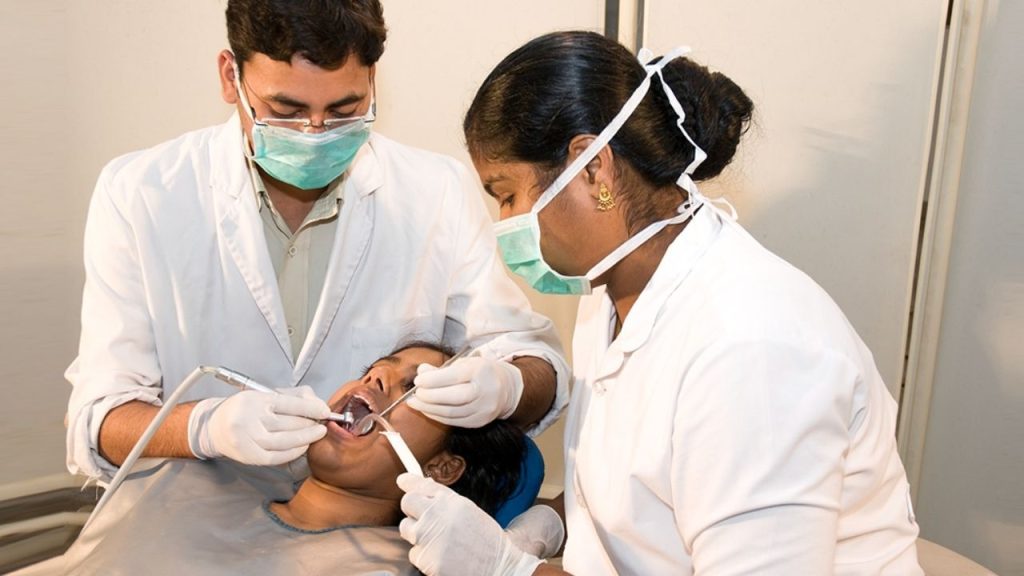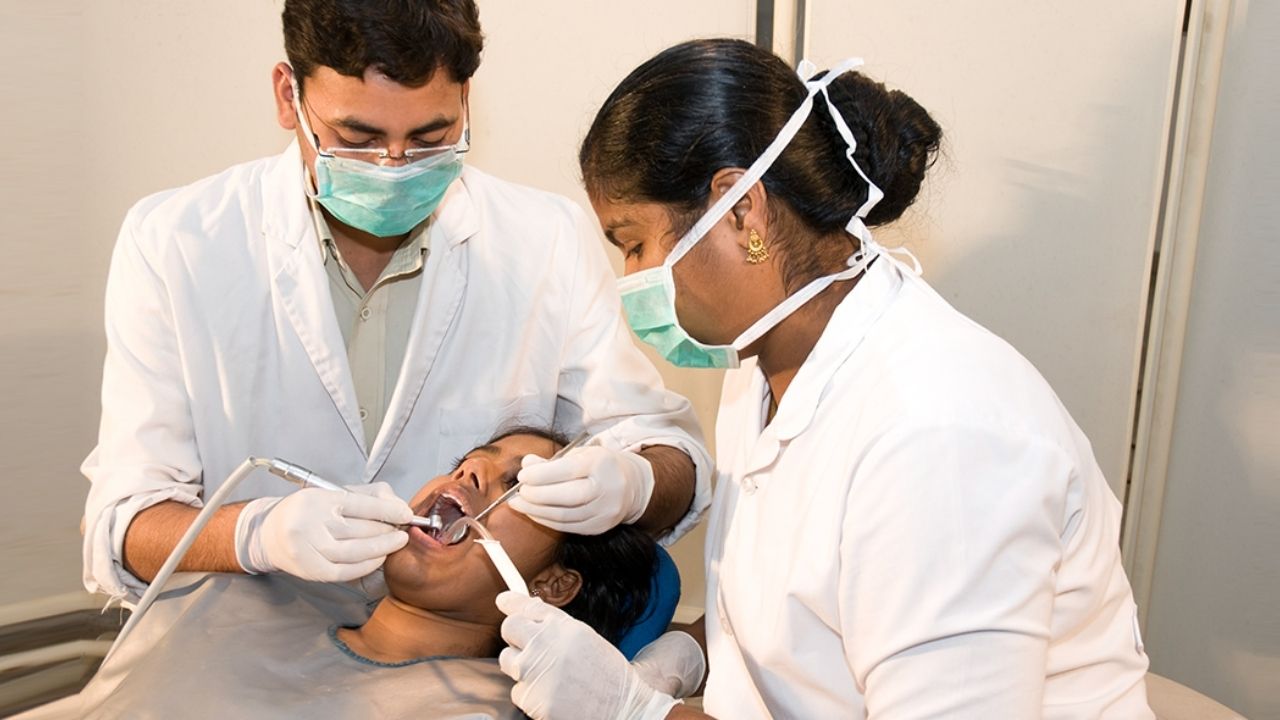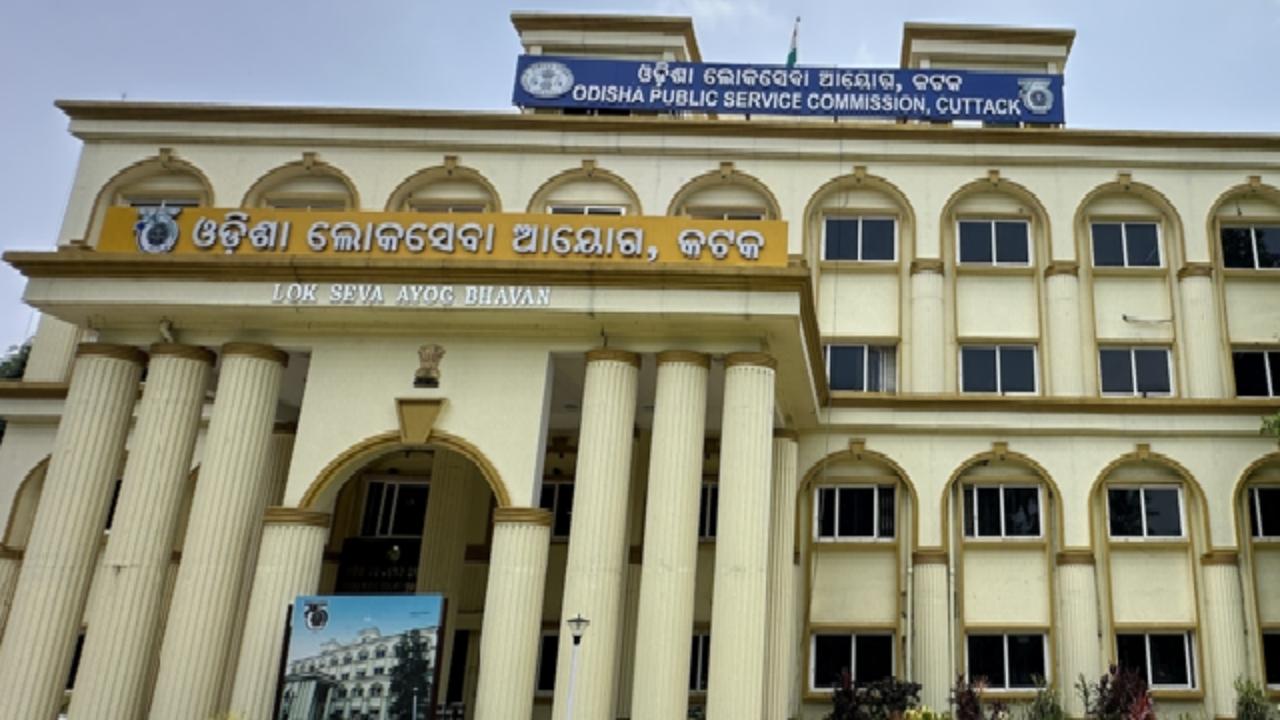If you’ve ever sat in a dentist’s chair, you know the drill (pun intended) — you expect to walk out with your tooth fixed, not with a referral slip to go somewhere else. But in Bhubaneswar, the capital city of the Indian state of Odisha, that’s exactly what’s happening at the Capital Hospital — the city’s top government-run healthcare facility. Despite having a dental department, patients are finding it nearly impossible to get basic dental treatment like tooth extractions, fillings, and root canals.

This situation isn’t just a bad day at the dentist — it’s a sign of deeper cracks in public healthcare, and it’s leaving hundreds of low-income patients in a bind.
Govt Hospital Fails to Deliver Basic Dental Treatment
| Aspect | Details |
|---|---|
| Location | Capital Hospital, Bhubaneswar, Odisha |
| Issue | Inability to provide basic dental care (extractions, root canals, fillings) despite existing infrastructure |
| Daily Footfall | 100+ dental patients, mostly from low-income backgrounds |
| Staffing | Only 2 dentists available |
| Impact | Patients forced to seek expensive private treatment or travel to SCB Medical College (Cuttack) / AIIMS Bhubaneswar |
| Cost Difference | Govt. hospital extraction: negligible fee; Private clinic: ₹800–₹1,000+ |
| Official Statement | Dr. Rupabhanu Mishra, Director, says issue under review |
| Official Link | Capital Hospital – Govt. of Odisha |
The situation at Bhubaneswar’s Capital Hospital is more than just a local inconvenience — it’s a wake-up call for the entire public health system in Odisha. A hospital that can’t handle basic dental care is failing its community, no matter how modern its buildings look.
For real change, the state needs more dentists in government hospitals, better use of existing resources, and strong patient advocacy. Until then, hundreds of people will continue to leave Bhubaneswar’s top hospital with nothing more than a piece of paper telling them to go somewhere else.
Why This Matters — More Than Just a Toothache
Sure, a toothache isn’t the same as a heart attack, but untreated dental problems can become serious health risks — infections can spread, chronic pain can develop, and even overall health can be impacted. The American Dental Association points out that gum disease is linked to heart disease and diabetes. Now imagine hundreds of patients, day after day, being told they have to find help somewhere else.
The Ground Reality at Capital Hospital
Capital Hospital is supposed to be Bhubaneswar’s go-to government medical center for affordable care. The dental department has the chairs, the tools, and the trained professionals. But here’s the kicker — according to local reports, the department is fully staffed with only two dentists for a city of nearly a million people.
On a typical day, over 100 patients show up. The doctors end up referring most cases to private clinics or larger hospitals like SCB Medical College in Cuttack or AIIMS Bhubaneswar — both of which are at least an hour’s travel away for many.
For people living paycheck-to-paycheck, this is a deal-breaker. A private tooth extraction might cost ₹800–₹1,000. Root canal? ₹4,000–₹5,000 easy. That’s more than a week’s wages for many laborers.

How Did We Get Here? The Bigger Picture
This isn’t just a Bhubaneswar problem — it’s part of a larger dentist shortage crisis in Odisha. According to The New Indian Express, over 3,000 trained dentists in the state remain unemployed, waiting for government appointments. Yet, government hospitals and community health centers (CHCs) across the state operate with a fraction of the required dental staff.
The World Health Organization recommends 1 dentist per 7,500 people in developing regions. Odisha’s ratio is nowhere close — in some districts, it’s as bad as 1 per 1,00,000 people.
Why This Hits Low-Income Families Hard
In the U.S., skipping the dentist might mean putting off a cleaning. In Odisha, skipping the dentist can mean living with chronic pain or letting an infection spread. For rural and low-income urban families, government hospitals are the only affordable option.
When these hospitals can’t deliver, people face three choices:
- Pay out-of-pocket at a private clinic (often at the cost of food or school fees).
- Travel long distances to other public hospitals (losing wages in the process).
- Do nothing — which can lead to worse, more expensive problems later.
What Can Be Done — Practical Steps for Fixing the Crisis
Here’s where the rubber meets the road. Solving this problem will take both policy changes and practical local action.
1. Increase Staffing Immediately
- Hire more dentists under short-term contracts while permanent recruitment is underway.
- Tap into the pool of unemployed dentists in Odisha.
2. Optimize Existing Resources
- Use tele-dentistry to connect smaller clinics with specialists.
- Implement appointment systems to reduce crowding.
3. Allocate Targeted Funding
- Provide budget specifically for dental supplies and maintenance.
- Ensure yearly audits of dental departments.
4. Raise Public Awareness
- Educate people on preventive care — flossing, brushing twice daily, avoiding excessive sugar.
- Use schools and community centers for dental check-up camps.
Patient Story — When the System Breaks Down
Take the case of Ramesh Nayak from Khandagiri. His 9-year-old son needed a simple extraction. They went to Capital Hospital, only to be told to go to a private clinic. That trip cost him ₹1,200 — money he had saved for school supplies. “If the government hospital can’t do it, where will poor people go?” he asks.
What Professionals in Healthcare Can Learn
If you’re a hospital administrator or policy maker, this case is a reminder of:
- The importance of staffing to match patient load.
- The financial consequences of service gaps — patients pushed to private care.
- The role of trust — once lost, it’s hard to rebuild.
Odisha Government Pushes for Expansion of Medical Education with 200 New Seats
Odisha Empowers Local Bodies with Food Policy Control, Boosts Farmer Support & Tweaks GST.
FAQs
Q1: Why can’t Capital Hospital perform basic dental treatments right now?
A: Mainly due to staffing shortages and possibly resource allocation issues, despite having infrastructure in place.
Q2: Where else can Bhubaneswar residents go for affordable dental care?
A: SCB Medical College (Cuttack), AIIMS Bhubaneswar, or local dental colleges. But these may involve travel and longer wait times.
Q3: Is this problem unique to Bhubaneswar?
A: No. Many states in India face similar shortages in government dental facilities.
Q4: How can patients raise complaints?
A: Contact the hospital administration, file a grievance with the Odisha Health Department, or approach local health advocacy groups.




